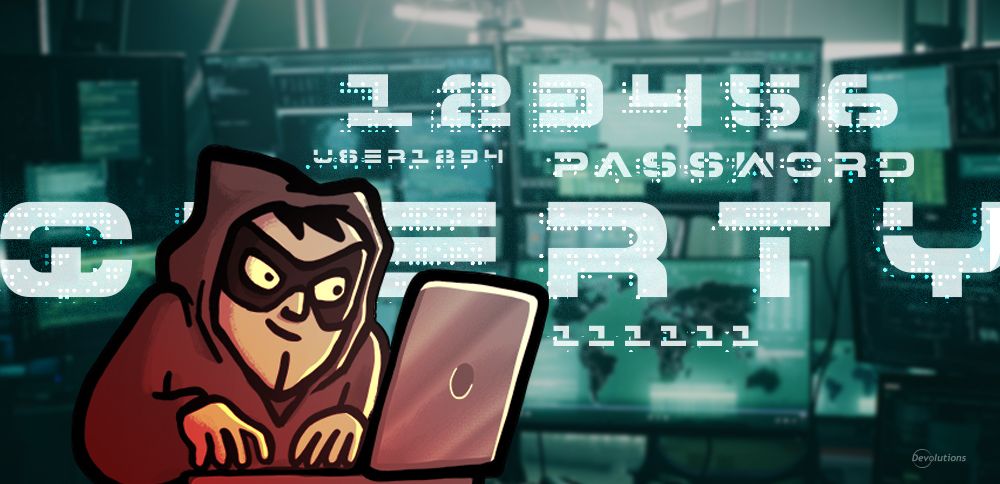While UK law enforcers have been using fingerprint technology to convict people since the early 1900s, as recently as a decade ago, we would have struggled to believe we’d soon all use fingerprint recognition technology as part of our daily lives, and not just as part of criminal investigations. The earliest instance of fingerprint technology being used to unlock a mobile phone was the Pantech GI100 in 2004. Now, though, it’s very often used to access mobile phones, laptops, authorize online payments, and much, much more. But what are the advantages and disadvantages of fingerprint recognition? And what should we know about this increasingly popular identification tool? This article will delve into what fingerprint technology is, plus the pros and cons of using our fingerprints as a method of identification.
What is Fingerprint Recognition Technology?
Before we jump into the pros and cons, let’s first understand what we mean by fingerprint recognition technology. In its simplest form, fingerprint recognition technology is an identification system that allows us to prove who we are. Our fingerprints are unique to us; no two people on the planet have the same small indentation patterns across the tips of their fingers. Not even identical twins! This means that, when it comes to identifying ourselves, fingerprints are one of the simplest and most robust ways of proving who a person is. Fingerprint recognition technology works as follows:
- A person inputs their fingerprint into a system as a means of identification (usually by pressing it against a flat surface that scans the fingerprint).
- The system stores fingerprint information.
- When the person wants to access the system, they press their fingertip against a touchpad.
- The system then scans their fingerprint and sets about matching it to their fingerprint database.
- Once there is a match, the system is accessible. If there is no match, the system is not accessible.
To give a more tangible example, if you have a smartphone, you may have fingerprint recognition technology in the form of a small round sensor at the bottom of your screen. When you set up your phone, you would have been prompted to input your fingerprint information, and then each time you want to unlock your phone, you need to present your fingertip to the sensor so your phone security system can identify you.
So, now that we know what a fingerprint recognition system is, let’s take a look at the pros and cons of using this technology.
Pros of Fingerprint Recognition Technology
There are many benefits to being able to identify a person by simply entering their fingerprint into a database. Here are some of the most important advantages.
A robust identification tool
As discussed above, fingerprint scanning technology is a really accurate way of identifying who someone is, purely because we each have a fingerprint that is entirely unique to us. This makes it extremely difficult for anyone to forge someone else’s identity. When compared with a pin or a passcode, for example, which are easy to forge if someone manages to find out the code, it is easy to see why the widespread use of fingerprint recognition technology is an exciting development for keeping us more secure, especially in our digital lives.
Replaces the need to remember multiple passwords
One of the curses of the digital age is cybercrime. To stay truly safe online, it’s recommended to have an obscure, unique password for each account you log in to. However, the reality is that the majority of online users do not follow basic password best practices to stay secure online, purely because it is an extra hassle remembering many different passwords. This leaves many of us vulnerable to cyberattacks that can have a devastating impact. In contrast, fingerprint technology takes away the hassle of juggling multiple passwords as you only need to scan your fingerprint whenever you want to access an account online.
Easy to use
The process of gaining access to a system by placing a fingertip on a fingerprint scanner is quick and easy for the majority of people. Excepting people without fingers or hands, fingerprint technology can be a helpful tool for many, including people with intellectual disabilities or cognitive impairments who struggle with managing passwords.
Cons of Fingerprint Recognition Technology
No technology is without its disadvantages. And while technologists are hard at work to make fingerprint recognition technology as widely available and as secure as possible, there are some cons to bear in mind.
Not usable by all
While this technology will work for the majority of people, it excludes people who do not have fingers or whose fingerprints have been removed through injury, or people that cannot utilize their fingers. Accessibility is key to rolling out any technology widely. If pockets of people are unable to utilize fingerprint recognition technology, then this may cause problems down the line if fingerprint scanners are used as a main form of identification.
Expensive
Large technology companies, likely with much larger budgets, are offering fingerprint recognition technology as part and parcel of their security systems. Think Apple, Dell, Samsung, etc. However, the cost of implementing a fingerprint recognition system is high, which automatically excludes organizations with smaller budgets from accessing it. Over time, as the technology becomes more widely available, cost barriers are likely to reduce. But for now, this technology is accessible by a few, not many.
System failures may block access
As with facial recognition technology, fingerprint recognition relies upon a digital system to store and match fingerprint information in order to grant access. If this system goes down, then users may be locked out. While this is not a widespread problem, in places where power outages are common or in the event of a natural disaster, this could cause a big upheaval. Therefore, it is likely there will need to be a backup identity verification system in place in the event of a system failure, such as manually entering a password.
Key Takeaway
Particularly for early adopters of technology, fingerprint recognition was an exciting digital innovation that heightened security and convenience. However, it is currently not a perfect solution to verification, due to issues around accessibility. So, backup systems should always be maintained.




